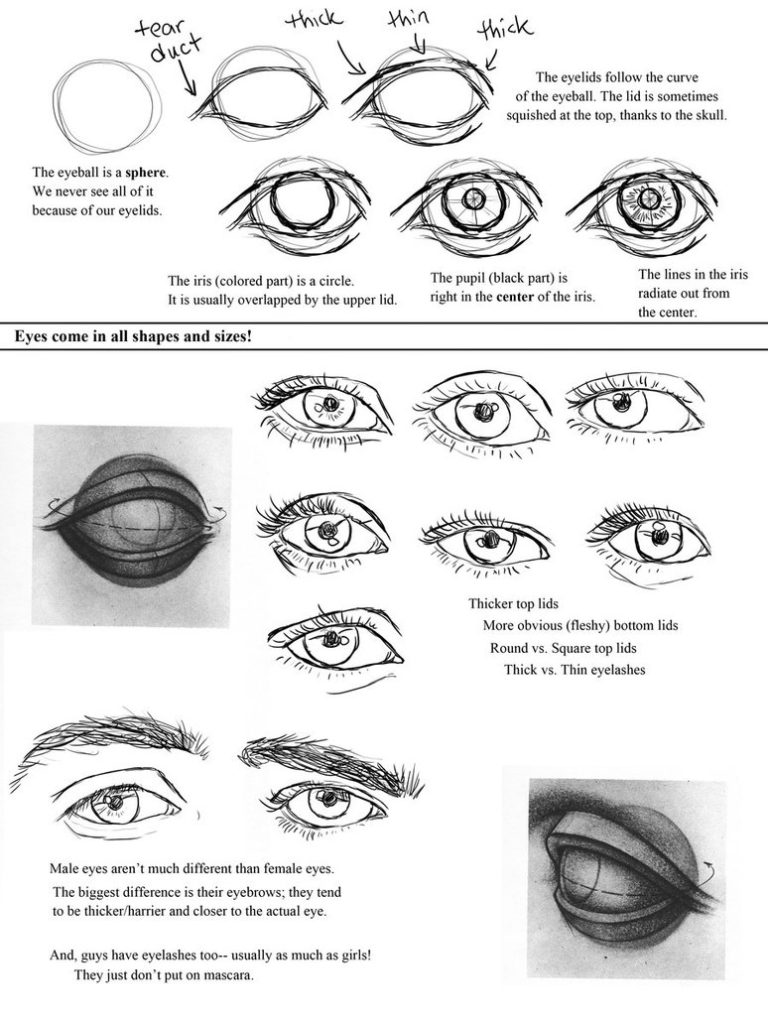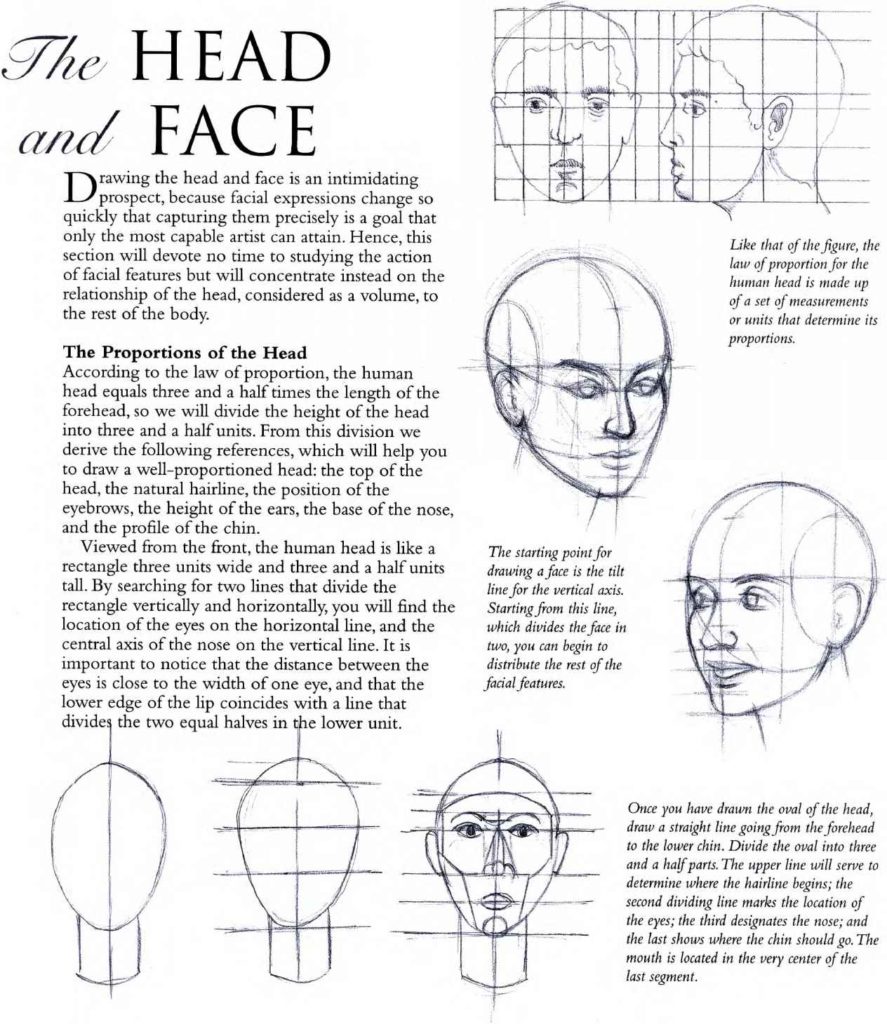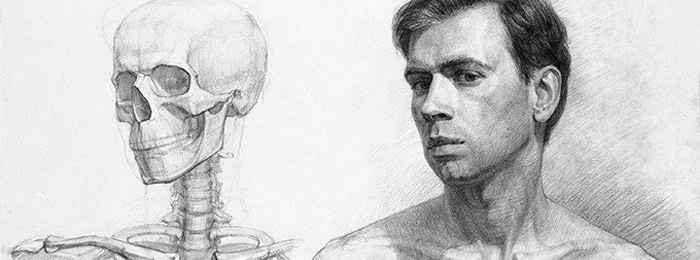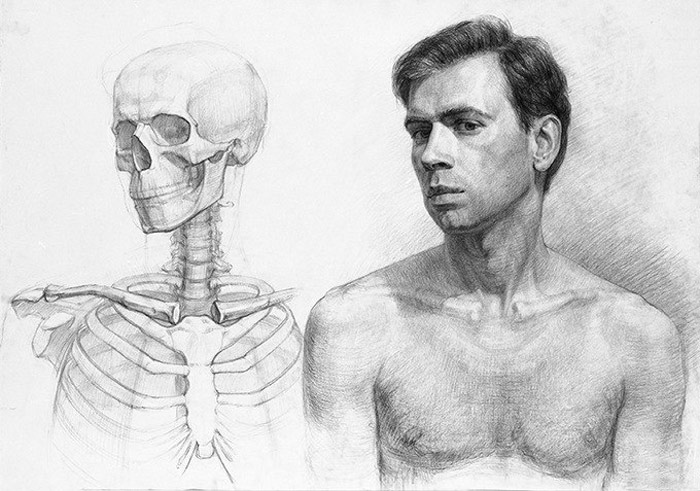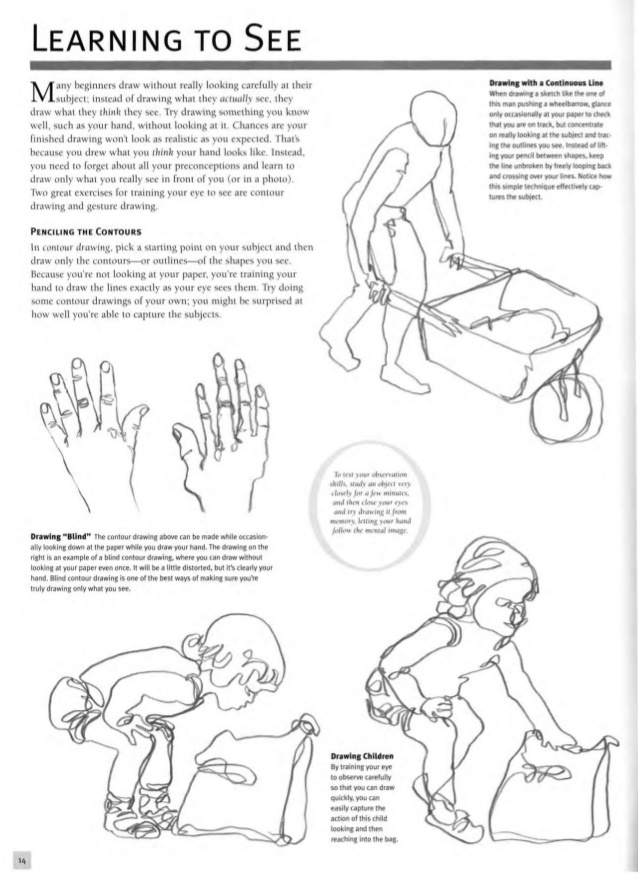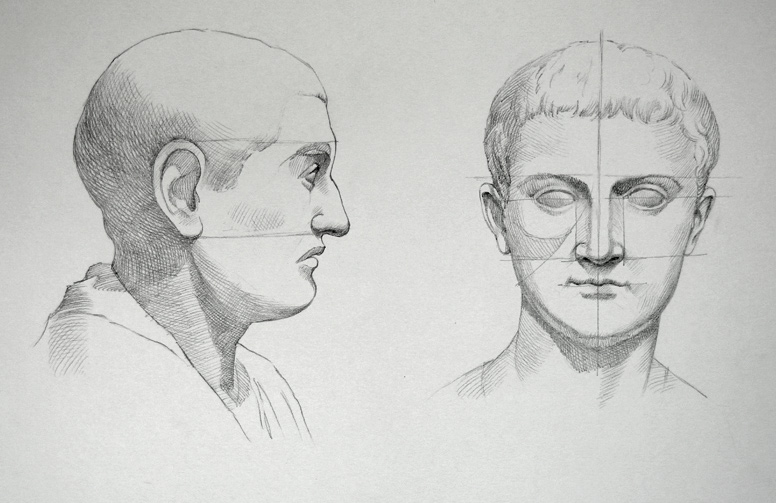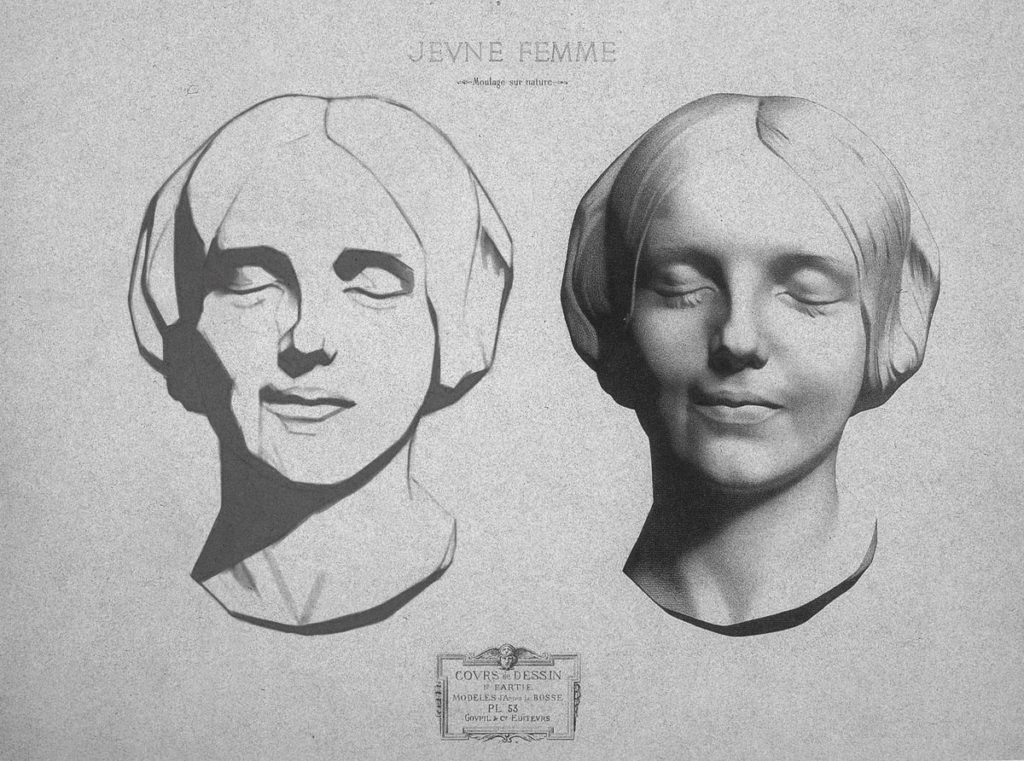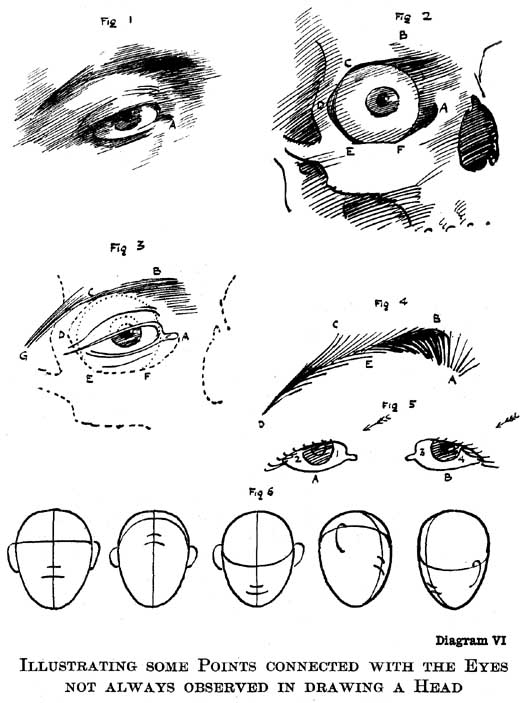You Can Look, but Can You See?
Sponsored
You Can Look, but Can You See?
If you are a beginner, you could check this out. It is the result of many years’ of teaching.
Seeing as an Artist Does – You’ll Never Be the Same Again
Artists see the world more clearly than everyone else does. This is because artists know how to see.
You might think you already know how to see. After all, you are “seeing” with your eyes all the time, right?
Your eyes can look at things and see them, but it is your brain that filters and interprets the information. Our brain creates a handy catalog of everything we’ve ever seen, filing away every image for future reference. In everyday life, this is handy.
But when it comes to making art, this mental catalog of imagery can be a real hindrance. Often our brains (specifically, our left brains) get clouded up with “ideas” rather than seeing what is actually there. This is why drawing can be difficult or frustrating for people who have not yet learned how to see. The good news is that with the right guidance and effort, anyone can learn to really see!
There is a big difference between looking and seeing. We are always looking at things, whenever our eyes are open. Our mind identifies what we are looking at, and that is usually all there is to it. We take for granted that we know what we are looking at, and therefore we don’t explore it further. This is a real detriment when trying to sketch faces.
In contrast, when we learn how to see as an artist does, we learn to recognize the subtle nuances that make everything that they are.
We learn to see the edges and outlines that define where one thing ends and another thing begins.
We learn to see the lights and shadows that give objects their form.
We see the interrelationships between one object and the next.
In essence, we learn to see what is really there.
You can learn to see as an artist does at any time. One of the best ways to learn to see is not to look at the actual object at all! Instead, look at the space around the object – also known as the “negative space”. If you are sketching a face, this will be whatever is in the background.
When you do this exercise, it’s best to look at the profile of a face against a blank background, because there will be more noticeable edges. Follow the outline of the profile with your eyes. Starting at the top, let your eyes glide along the curve of the forehead, the slope of the nose, the shape of the lips, the inward turning of the chin and the way it connects to the neck.
The best way to notice these edges are not to look at the person, but to look at the wall behind the person and to notice the way in which his or her face merges with the background to create a continuous edge.
Your task is not to draw the face, but to draw that edge. This exercise helps you to see that it is the relationships and connections between objects that create ‘edges’.
When you are sketching the features on a face, don’t make mental notes about what you see. In other words, don’t think, “This is an eye. This is a lip.” This kicks your left brain into high gear, and then your left brain tries to tell you what to do. Don’t let your left brain boss you around!
We have to learn to really look at faces before we can draw them accurately. Forget about what you think you see – just draw what you actually do see.
Once you learn how to do this, you will see the world through the eyes of an artist. When you are able to see as an artist does, you will never be the same again. The world is crisper and clearer. Everything is full of variety and interesting in its uniqueness. And best of all – you will know how to capture it all with pencil and paper!
Examples:
Sponsored
